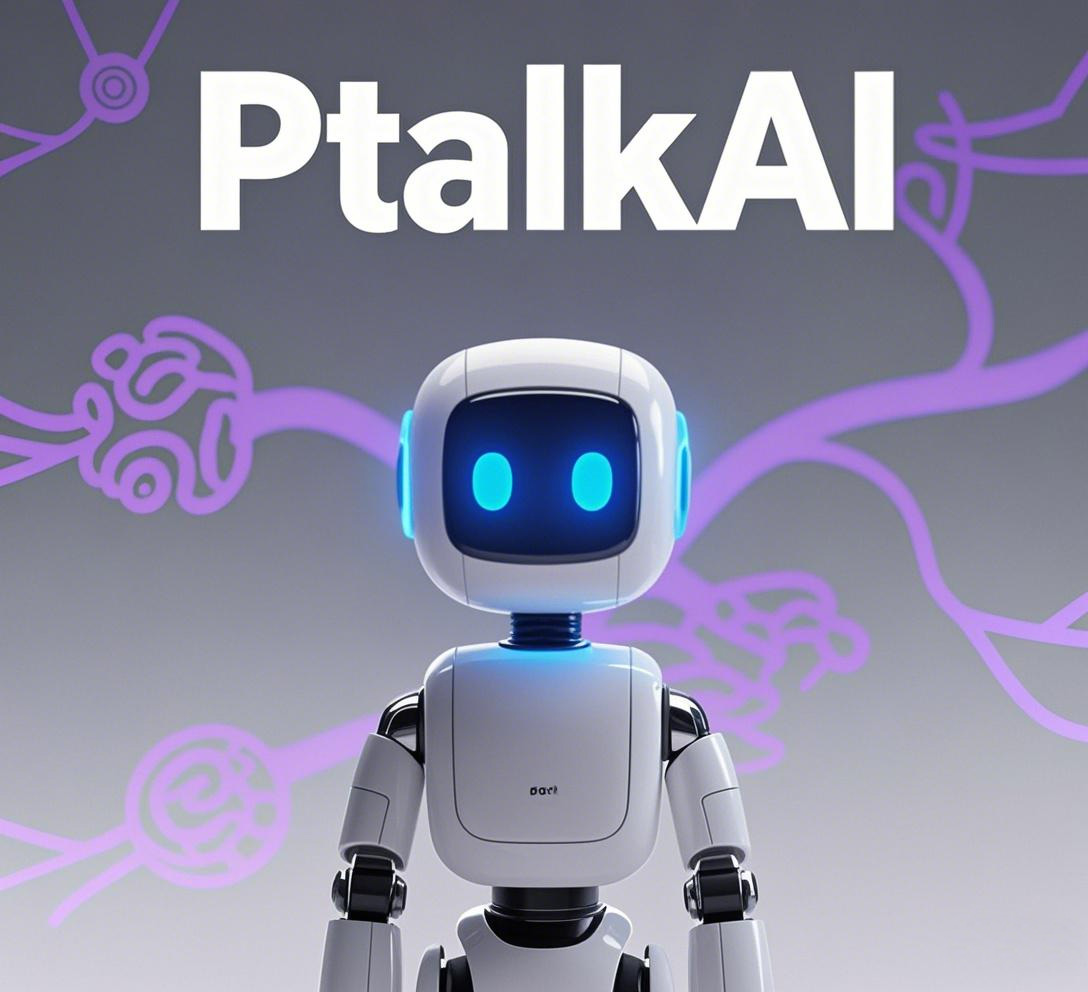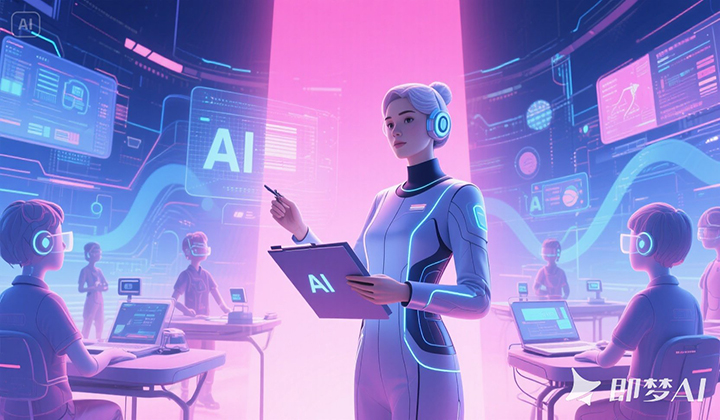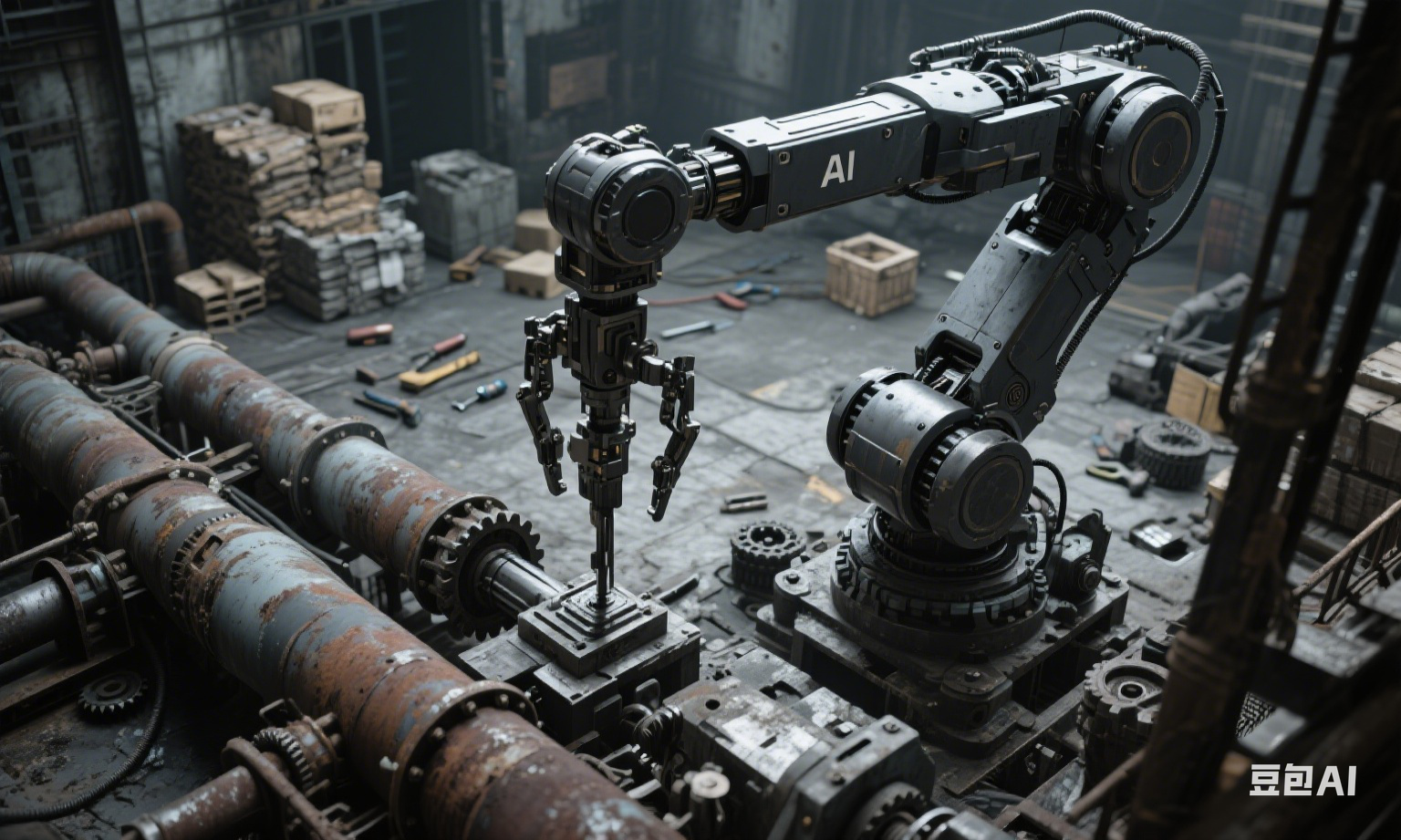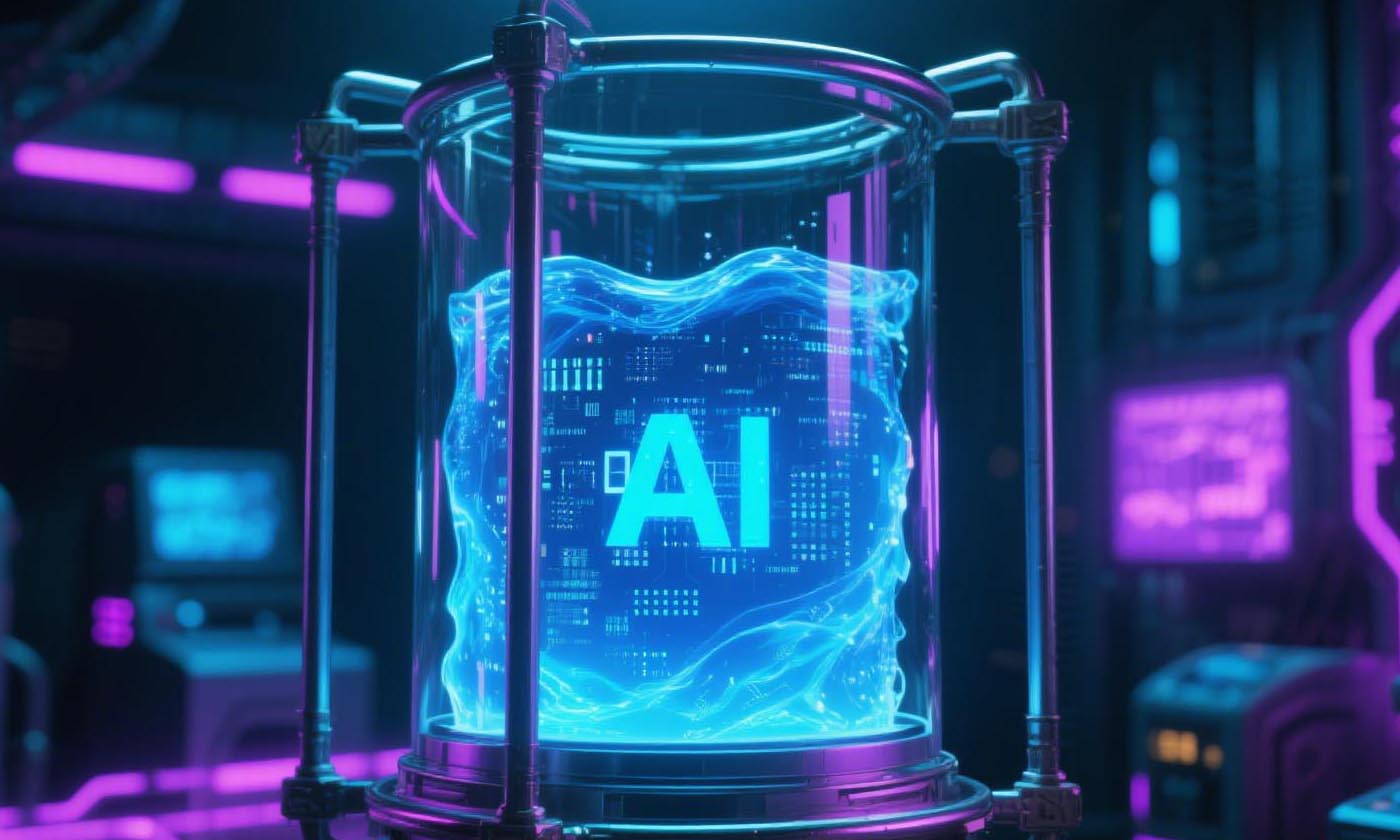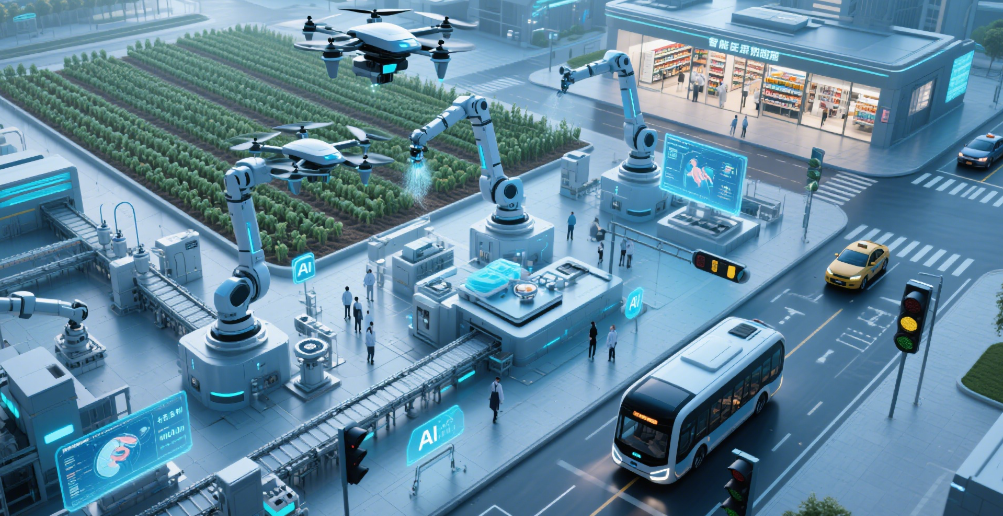Exploring the Frontiers of Artificial Intelligence: New Horizons in Technology
赵开心不开心 2025-06-19
In the dynamic realm of modern technology, Artificial Intelligence (AI) continues to push the boundaries of what is achievable. As researchers and developers relentlessly pursue innovation, a plethora of cutting - edge AI technologies are emerging, each with the potential to reshape industries and redefine the human experience.
Exploring the Frontiers of Artificial Intelligence: New Horizons in Technology
In the dynamic realm of modern technology, Artificial Intelligence (AI) continues to push the boundaries of what is achievable. As researchers and developers relentlessly pursue innovation, a plethora of cutting - edge AI technologies are emerging, each with the potential to reshape industries and redefine the human experience. This article delves into some of the latest and most transformative advancements in AI, examining their features, real - world applications, and the far - reaching implications they hold for the future.
AI - Driven Cybersecurity: Fortifying Digital Defenses
With the increasing reliance on digital systems, the threat landscape has grown more complex and sophisticated. AI - driven cybersecurity solutions are emerging as a crucial line of defense. Machine learning algorithms can analyze vast amounts of network traffic data in real - time, identifying patterns and anomalies that may indicate cyberattacks. For example, darktrace, an AI - powered cybersecurity company, uses unsupervised machine learning to detect novel threats. Its algorithms learn the “pattern of life” of a network, flagging any deviations from normal behavior as potential security incidents. This proactive approach enables organizations to respond to threats before significant damage occurs. Additionally, AI - based anomaly detection can spot malware infections, phishing attempts, and insider threats more effectively than traditional rule - based systems. As cyber threats evolve, the continuous learning and adaptation capabilities of AI - driven cybersecurity solutions will be essential in maintaining the integrity and security of digital infrastructure.
Brain - Computer Interface (BCI) and AI Integration: Bridging the Gap between Mind and Machine
The integration of Brain - Computer Interfaces (BCIs) with AI represents a revolutionary frontier in technology. BCIs are devices that can detect and interpret brain signals, allowing users to communicate with external devices directly through their thoughts. When combined with AI, these interfaces can enhance the accuracy and functionality of signal interpretation. For instance, in the medical field, BCIs with AI assistance are being used to help patients with paralysis regain some control over their environment. Neuralink, founded by Elon Musk, is developing highly advanced BCI technology. Their aim is to create a seamless connection between the human brain and computers, enabling individuals to control digital devices, such as smartphones or robotic limbs, simply by thinking. In the future, this technology could also have applications in education, gaming, and even cognitive enhancement, opening up new possibilities for human - machine interaction and cognitive augmentation.
Metaverse - Oriented AI: Shaping Virtual Realities
The concept of the metaverse, a virtual shared space that combines physical and digital realities, has gained significant traction. AI plays a vital role in shaping the metaverse experience. AI - powered virtual assistants can enhance user interactions within the metaverse, providing personalized guidance, customer service, and entertainment recommendations. For example, in virtual shopping experiences within the metaverse, AI - driven avatars can understand customer preferences, offer styling advice, and facilitate transactions. Additionally, AI algorithms are used to generate realistic virtual environments, characters, and scenarios. These algorithms can analyze real - world data, such as architectural blueprints or natural landscapes, to create immersive and detailed virtual worlds. As the metaverse evolves, AI will continue to be the driving force behind creating more engaging, interactive, and realistic virtual experiences, blurring the lines between the physical and digital realms.
AI - Enabled Sustainable Technologies: Paving the Way for a Greener Future
AI is also making significant contributions to the development of sustainable technologies. In the energy sector, AI algorithms can optimize the generation, distribution, and consumption of energy. For example, in smart grids, AI can analyze real - time data on energy production from renewable sources like solar and wind, along with consumer demand patterns, to balance supply and demand more efficiently. This helps reduce energy waste and increase the reliability of renewable energy systems. In agriculture, AI - powered drones and sensors can monitor crop health, soil conditions, and water usage. By analyzing this data, farmers can make more informed decisions about irrigation, fertilization, and pest control, leading to more sustainable farming practices and higher crop yields. AI - enabled waste management systems can also use computer vision and machine learning to sort and recycle waste more effectively, reducing landfill waste and conserving resources.
Challenges and the Road Ahead
While these cutting - edge AI technologies offer immense potential, they also come with a set of challenges. Ethical concerns, such as bias in AI algorithms, privacy violations, and the potential for job displacement due to automation, need to be addressed. Moreover, the development of complex AI systems often requires significant computational resources, which can have environmental implications. To overcome these challenges, collaboration between governments, industries, and academia is crucial. Establishing clear ethical guidelines, investing in research for more sustainable AI development, and providing education and training for the workforce to adapt to the changing technological landscape will be essential steps in ensuring that these AI technologies are developed and deployed responsibly.
Conclusion
The cutting - edge AI technologies explored in this article represent the vanguard of technological progress. From safeguarding digital security to revolutionizing human - machine interaction, shaping virtual worlds, and promoting sustainability, AI is on the cusp of transforming every aspect of our lives. As we move forward, it is imperative to embrace these advancements while remaining vigilant about the challenges they pose. By doing so, we can harness the full potential of AI to create a more secure, innovative, and sustainable future.






